TREGO, Wis. — As tourist-train operations are idled at short line Wisconsin Great Northern Railroad by the COVID-19 pandemic, railroad president Greg Vreeland has kept his entire staff employed, in part by tackling a major track project to improve safety for users of a major trail, as well as rail operations.
The Trego Rail Relocation track project will swap the current right of way with the Wild Rivers Trail, eliminating six of seven at-grade trail crossings.
The railroad operates 26 miles of track over two former Chicago & North Western lines that once reached Superior and Ashland, Wis.
Sitting aboard Wisconsin Great Northern’s first-class car Namekagon Dreams after a recent 14-hour work day, Vreeland says, “In early March, we were watching what was unfolding across the country and we began discussing what effects it might have on us.’’
The wondering ended on St. Patrick’s Day. An order by Wisconsin Gov. Tony Evers was issued limiting gatherings to fewer than 10 people to slow the spread of COVID-19. The order was the kiss of death for passenger operations for the usually sold-out runs on the WGN.
‘’The next day, the phones quit ringing, the web traffic fell off a cliff and everything came to an abrupt halt,’’ Vreeland says.
‘’We are a multi-faceted company, with freight service, freight car storage, and passenger operations. The first day of the shutdown we met with our employees and told them, if our customers keep paying us, no one is getting laid off. We have chosen in the last five years to not lay off our employees. People cannot live on unemployment.
‘’We have plenty of work projects to be done. The reality is we are continuing along with what we had been doing anyway.”
On this day, eight employees are using a former Canadian National Hi-Rail truck to power track equipment, as they build switches on a new alignment into the railroad’s Dilly Lake Road Yard. Conductor Charlie Bartold, normally a bartender on dinner and bed-and-breakfast trains, is holding a lining bar as the crew struggles to pass new bolts through a rusty pair of joint bars connecting the 100-pound rail.
“It could be a little bit warmer and the wind could die down,’’ says Bartold, as the biting smell of creosote rises from brand new crossties wafts around the crew.
A mile north, a contractor using an excavator balances 200-foot sections of freshly cut continuous welded rail.
The relocation is something the railroad had been discussing for 18 months, and Vreeland had been acquiring the needed materials over the last year. Since infrastructure projects were permitted in the state’s shut down order, Vreeland realized this was the way to keep his employees working through the pandemic.
“We had a concept of what we were going to do,” he said. “I was surveying the railroad and I was sitting in my truck at Trego Junction, rolling around in my brain about track work projects.
“We had seven trail crossings in two miles; we felt that was not desirable for the railroad.”
On a busy summer day, the railroad might run six round trips. That meant 84 potential rail-trail interactions daily. By swapping the track and trail alignment, only one crossing remains, south of the Trego depot with tracks filled with storage cars, which are rarely moved.
The work also allowed the railroad to address an issue with a curve at the project’s north end, at Trego Junction, that had the railroad’s only continuous welded rail.
“The condition of the inside rail had been a concern since we started,” Vreeland said. “This project allowed us to replace 1,200 feet of corrugated rail with relay rail that we had been stockpiling. When you go over it, it rattled. We wanted to improve the ride quality for our customers.’’
The track project has a scheduled completion date of June 30.
Future projects for the Wisconsin Great Northern Railroad are painting and lettering of equipment, along with a new yard on the line between Trego Junction and Hayward. The yard will be located on recently purchased private land near the Bean Creek trestle, north of Earl, Wis.
Also planned is a replica of the Trego Junction Depot and tower. The original three-story wood depot held depot space on the first floor, living quarters on the second floor and the third story the Armstrong lever tower.
The depot will be located just North of the Dilly Lake Road crossing.
Vreeland stresses that the employees are like family for the family-owned operation.
“Our biggest concern for the onboard staff of our signature train,” he says, “is the fact that all would be considered in the at-risk group due to age and or medical situations … Considering that there are 35 million Americans who lost jobs in the last six weeks, we feel particularly good that we have been able to keep our staff employed.”
He says he has no idea what will happen to the railroad’s summer tourist season.
“We are taking a conservative view this season and we are watching how states react and when businesses reopen,” he says. “We are seeking best practices from our state and others regarding the dining and hotel industry, and that will help guide us in our decision to begin operating our passenger trains again.” There is no point, he says, in reopening if no one is going to come.





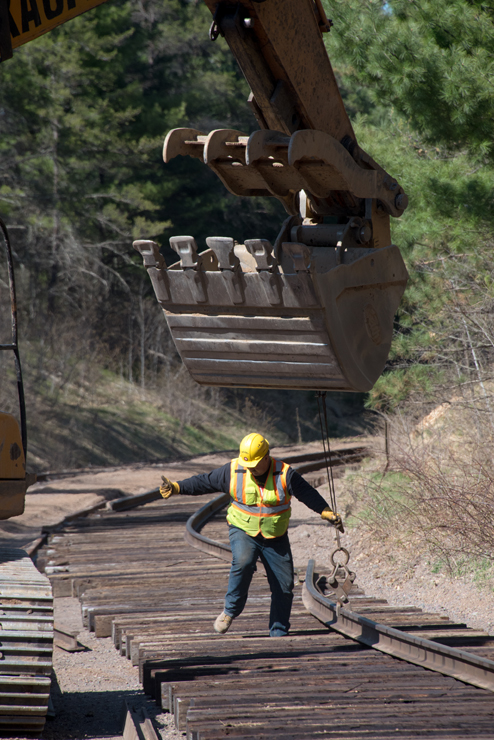
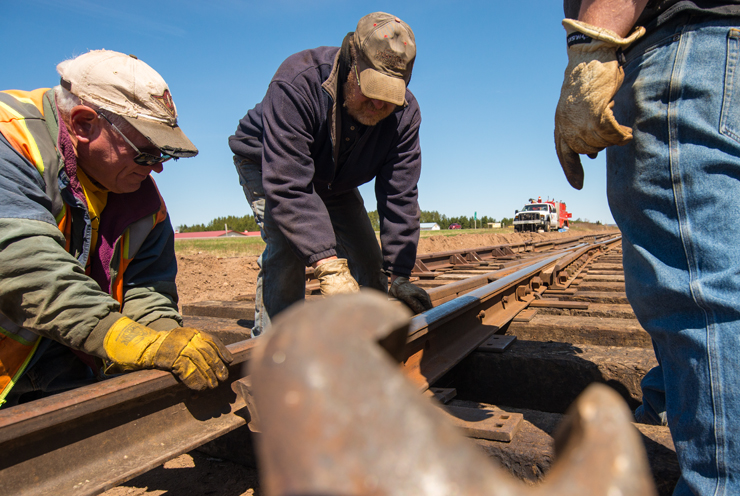

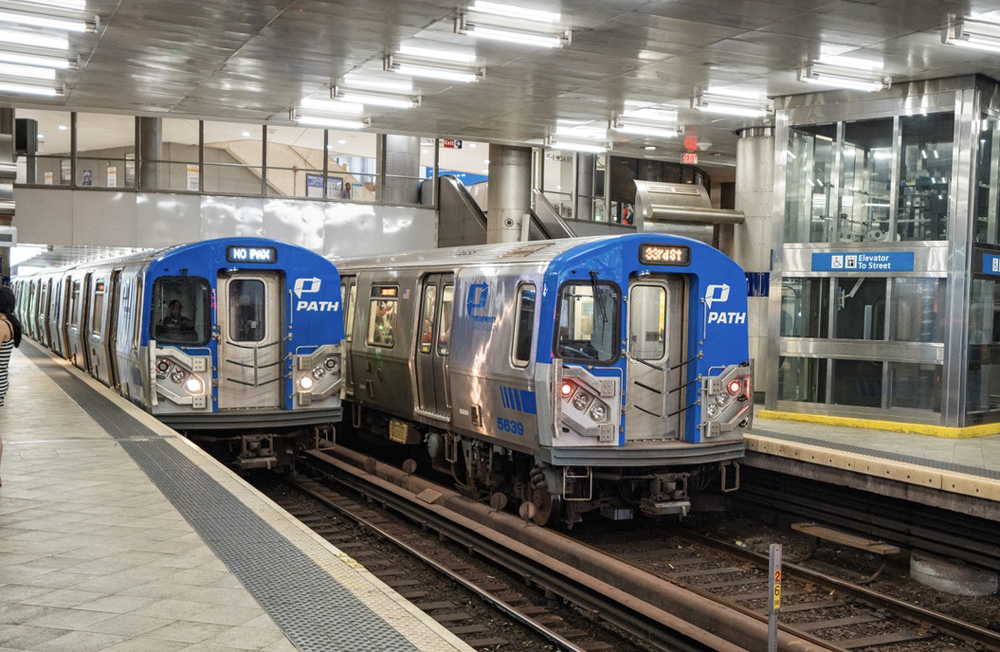
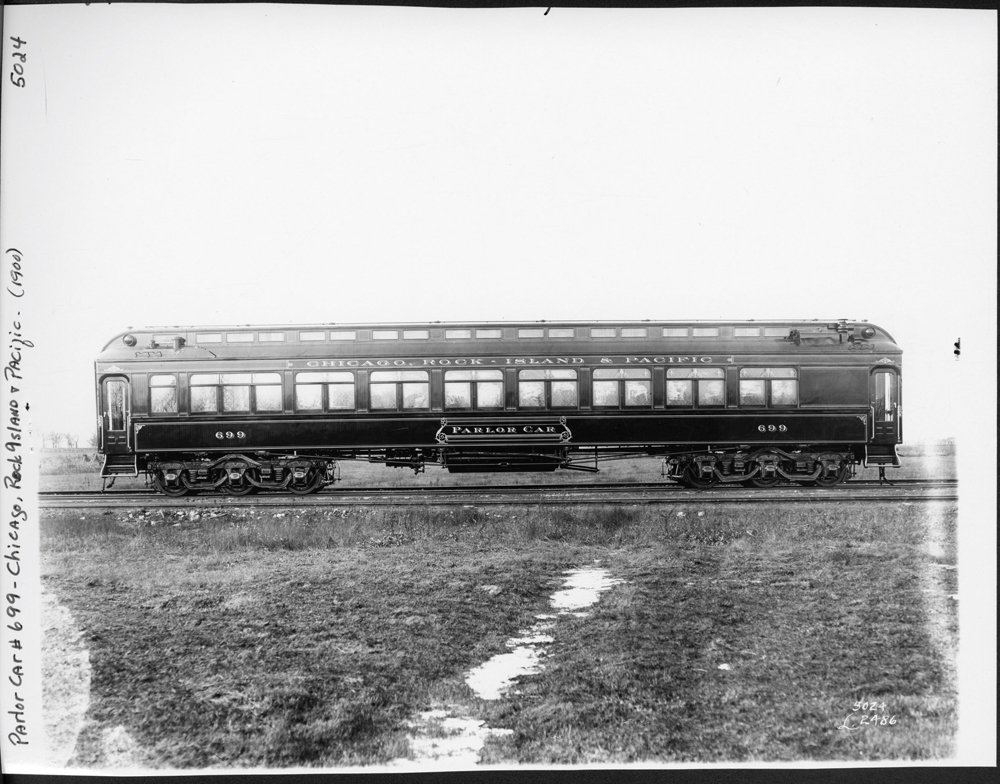
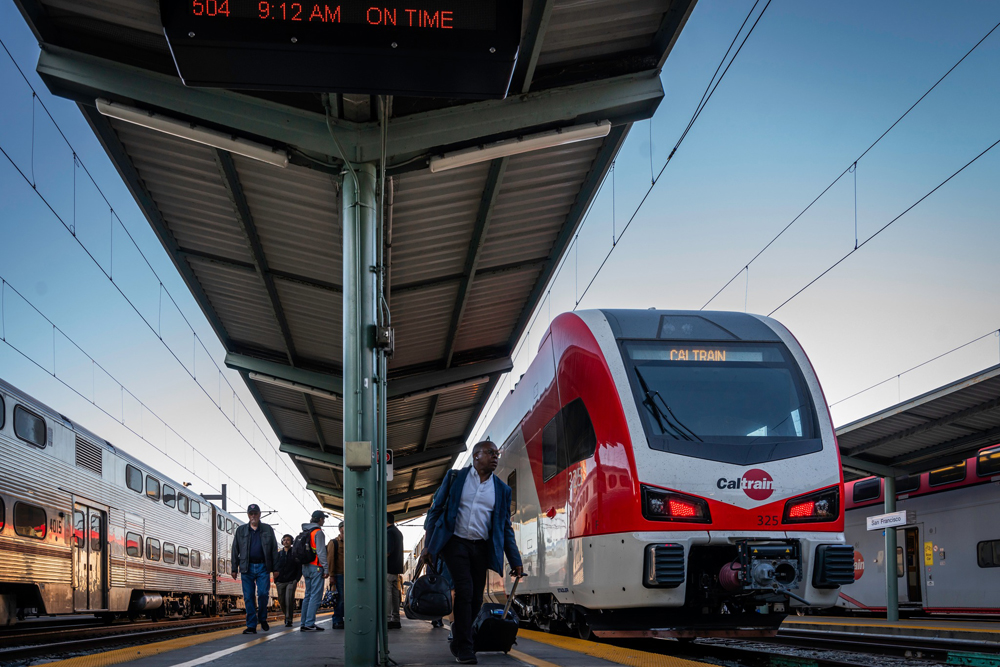
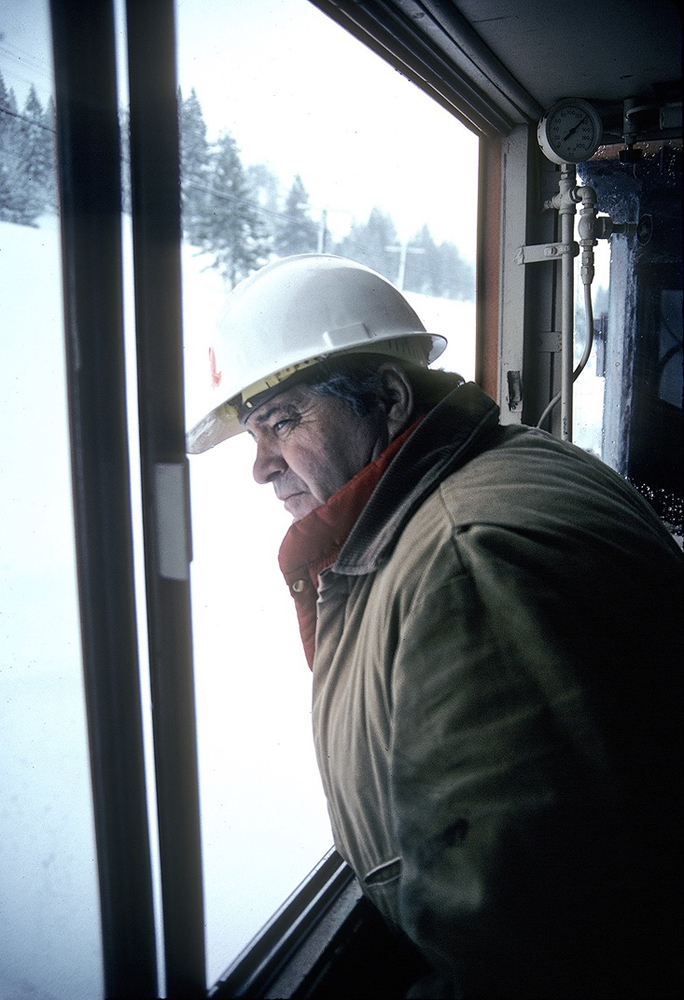




What a refreshing story of good old American “do what we have to do” for the good of everyone! Unfortunately this spirit has become a rare commodity, to often , in our society.
CURTIS – There has never been a proposal to use this route for passenger service. The lan, such as it was, was inland via Fond du Lac and the Fox Valley Cities. In any event, the line via Sheboygan is severed at Manitowoc so no passenger service would be possible.
Likewise the pipe dream of restoring Milwaukee-Green Bay service thru Port Washington, Sheboygan, and Manitowoc.
CURTIS – Remaining off topic, WisDOT Highwys is hoping for the Sheboygan line to be shut down and permanently abandoned. Reason: Because WisDOT dfoesn’t want to replace the ex-CNW brfidge above I-43 in Glendale when the freeway is widened. It’s a big bridge for a not busy railroad. Coal aside there’s still merchandise traffic but UPRR couldn’t care less.
Off-topic, yet Wisconsin related news: WPR reports the closure of the coal-fired Edgewood plant south of Sheboygan served by UP (CNW), putting that line in danger. Also problematic the recently relaid RoW between Sheboygan and Plymouth. Part of the old CNW line to Fond du Lac ripped up decades ago, WSOR relaid it and connects to old Milw. Rd. going south. Of interest in Plymouth are the 2 extant depots and bridges, the latter showing the manner of CNW crossing the Milw. to head west.
I love it. Railroad CEO on the rail gang right next to the bartender in the cafe car.